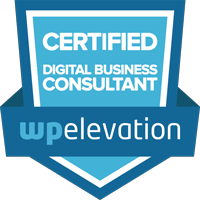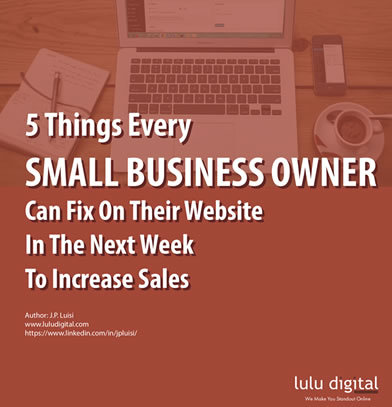Landing Pages: Why They’re Essential For Effective Digital Marketing
What the heck is a landing page?
Before I provide you with the reasons why you should be using landing pages, I should probably provide a brief explanation of what they are.
In digital marketing parlance, a “landing page” is a standalone web page that’s designed around a specific call-to-action (CTA). The objective of the call-to-action could be the sale of a particular product or service. Alternatively, the CTA could induce site users to take another action such as signing up for an email newsletter, registering for a free consultation, or something similar. These pages are the first thing people will see after clicking on a link in search engine results or when clicking a pay-per-click ad, hence the name “landing pages”.
Because they’re so effective at funneling traffic and generating leads and/or sales, landing pages have become an essential tool of every effective digital marketing campaign.
Here’s How You Should Use Landing Pages on Your Website:
Focus on One Product or Service
Try to focus your landing pages around a single product or service. For example, if you owned a landscaping company you might have separate pages for yard maintenance, landscape design, snow removal, etc. If a client came across your landing page when searching for snow removal, you shouldn’t confuse them with information about your landscape design services. You’d likely want to run a separate pay-per-click ad for each of the services you offer.

The Importance of Good Design
As discussed in one of our other posts, your website is the public face of your company and when users visit it for the first time, they’ll see it as a reflection of your business. All pages on your site should be attractive and up to date so that visitors will be more likely to have a positive view of your firm.However, when I say good design, I don’t just mean that your landing pages should be visually appealing. They should also be designed in a way that grabs a customer’s attention and leads them to explore the page further.
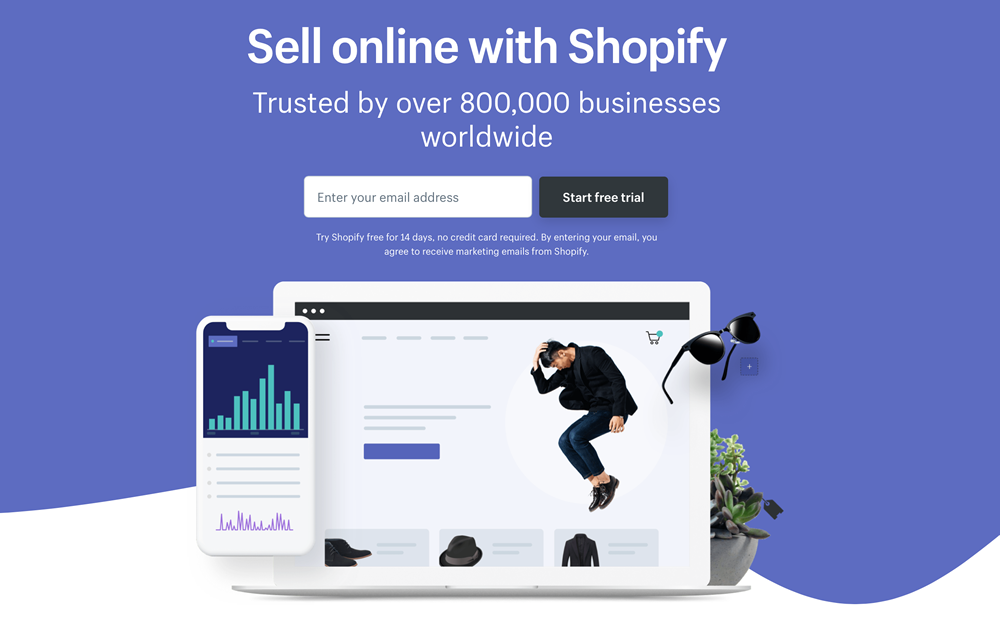
It’s generally best not to place your call-to-action above the fold. If you ask the user to make a decision too soon, he or she may get scared off. Alternatively, if you place it too far down the page, the user may lose interest. The ideal location for the call-to-action should be directly after the fold. This gives you enough time to pique their interest and get them engaged.
Use A Clearly Defined Call-to-Action
As mentioned above, a call-to-action is a statement designed to get an immediate response from the person reading or hearing it. You are essentially telling your visitors what you’d like them to do once they’re on your website. If you’re interested in generating sales directly from your site, it might be a simple “Buy Now!” button. If your goal is to get visitors to fill out a pre-sales form then you should present a link to the form that’s easy to find.

They key to an effective landing page is that you want to make it as easy as possible for visitors to find what they’re looking for. Make sure your call-to-action is front and center and is easy to understand.
Capture Client Data with Web Forms
There are very few instances where landing pages don’t have some type of data capture element. This might be the case when asking a prospect to call you directly (even then you’re probably going to manually record a customer’s name and phone number if they do call). In all other cases. you should use a web form to record a prospect’s contact information. This information can either be emailed to you or entered into some type of CRM system. Your forms should be short and concise, since very few people are willing to provide too much personal information when arriving on a web page. If you ask them for too much, you’re likely to scare them off.
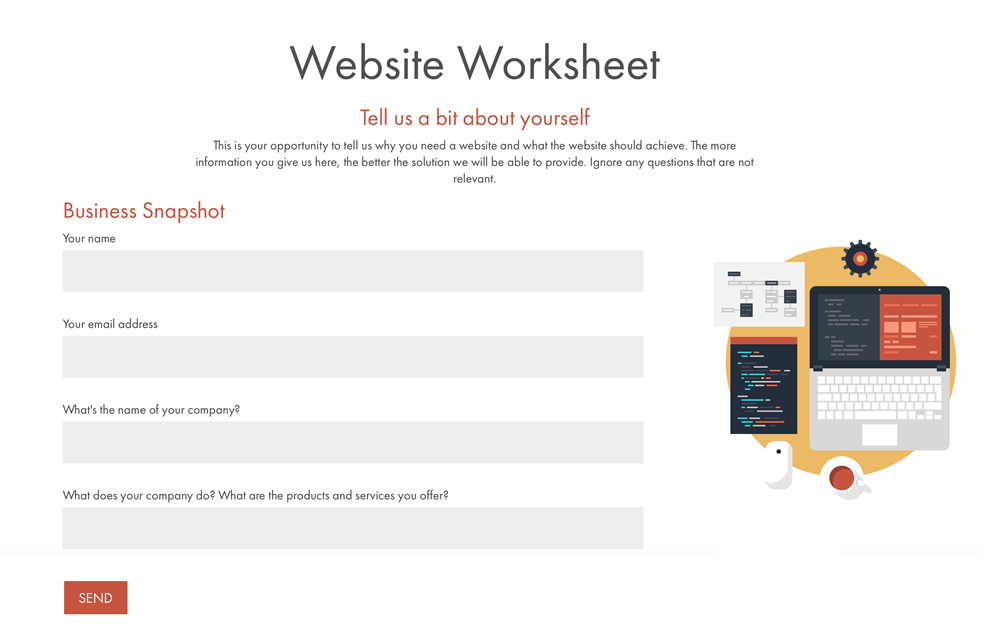
Thank You and Confirmation of Next Steps
If your landing page has been effective at getting someone to fill out your web form, you should always include some type of success or thank you message. This will inform the prospect that you’ve received their message and will follow up shortly. On our landing pages we generally include a success message along with an automated email notification that thanks users again. At this point you might even consider offering them information on a related product or service that they might be interested in.
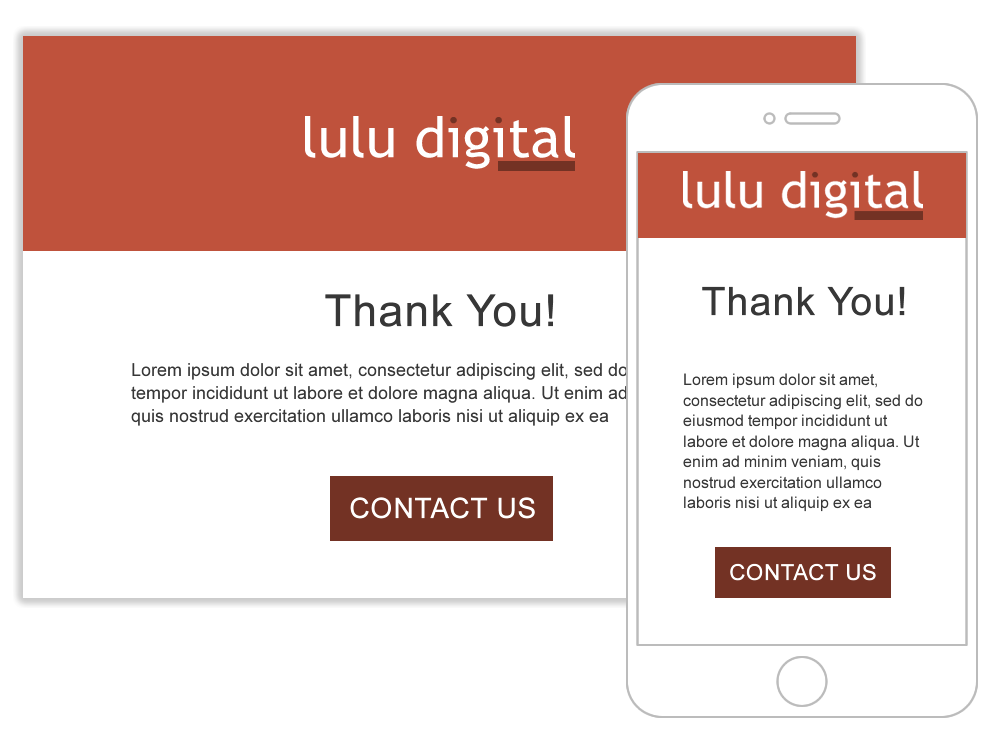
Conclusion
Effective landing page use is all about testing what works and what doesn’t. There are multiple factors that will affect your conversion rates. However, using the five tips above is a great starting point to see what works for you. It’s definitely worth the effort since more conversions equals more sales.
Need Help With Your Site?
Just let us know if you’re interested in implementing the tips above, but you’re not quite sure how to do it. We’d be happy to discuss your site and see how we can improve your conversion rates.
Get your Free 25-minute Marketing Assessment with us TODAY.
Toronto Area Web Design and Web Development
Lulu Digital provides practical and straightforward web development and online marketing services to Toronto and the Greater Toronto Area.
Our service area includes but is not limited to:
- Toronto
- Mississauga
- Oakville
- Burlington
- Milton
- Hamilton
- Guelph
- Kitchener-Waterloo
- London
- Vaughan

